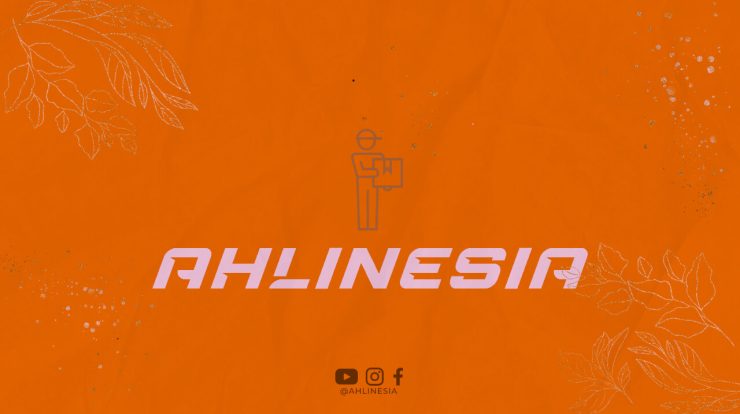
Introduction
Studying in Australia can be a rewarding experience, but what happens after you complete your studies? Many international students dream of staying and working in Australia, and fortunately, there are options available to help you secure a work permit. In this article, we will explore the steps you need to take to obtain a work permit in Australia after studying.
1. Understand the Visa Options
Before you can apply for a work permit, it’s important to familiarize yourself with the different visa options available to international students. The most common visa categories for post-study work are the Temporary Graduate Visa (subclass 485) and Employer-Sponsored Visas.
2. Temporary Graduate Visa (subclass 485)
The Temporary Graduate Visa (subclass 485) is designed for international students who have recently graduated from an Australian educational institution. This visa allows you to live and work in Australia temporarily.
3. Eligibility Criteria for Temporary Graduate Visa
To be eligible for the Temporary Graduate Visa, you must meet certain criteria. These include having a recent qualification from an Australian institution, meeting the English language requirements, having adequate health insurance, and meeting the character requirements.
4. Types of Temporary Graduate Visa
There are two streams under the Temporary Graduate Visa. The Graduate Work Stream is for international students with qualifications and skills relevant to specific occupations. The Post-Study Work Stream is for students who have completed a higher education degree in Australia.
5. Employer-Sponsored Visas
If you have a job offer from an Australian employer, you may be eligible for an Employer-Sponsored Visa. These visas are sponsored by an employer and allow you to live and work in Australia temporarily or permanently, depending on the visa category.
6. Research and Find an Employer
If you are considering an Employer-Sponsored Visa, it is essential to research and find a potential employer in Australia. Look for job opportunities in your field of study and connect with Australian employers through online job portals, professional networking platforms, or career fairs.
7. Network and Build Connections
Networking is crucial when seeking employment in Australia. Attend industry events, join professional associations, and connect with professionals in your field. Building connections can increase your chances of finding job opportunities and securing an employer sponsorship.
8. Tailor Your Resume and Cover Letter
When applying for jobs in Australia, it’s important to tailor your resume and cover letter to the specific job requirements. Highlight your relevant skills, qualifications, and experiences that make you a suitable candidate for the position.
9. Apply for Jobs and Attend Interviews
Start applying for jobs that match your skills and interests. Ensure you submit a well-prepared application and follow up if necessary. If you are shortlisted, prepare for interviews and showcase your enthusiasm, knowledge, and suitability for the role.
10. Secure a Job Offer
Once you have successfully gone through the interview process, you may receive a job offer from an Australian employer. This is an exciting step towards obtaining a work permit in Australia.
11. Employer-Sponsored Visa Application
After securing a job offer, your employer will need to sponsor your visa application. They will need to demonstrate that the position cannot be filled by an Australian citizen or permanent resident and meet other specific requirements for the chosen visa category.
12. Gather Required Documents
When applying for an Employer-Sponsored Visa, you will need to gather various documents, including your passport, educational certificates, proof of work experience, and health and character assessments. Ensure all documents are valid and meet the visa requirements.
13. Lodge Your Visa Application
Once you have gathered all the necessary documents, you can lodge your visa application online through the Department of Home Affairs’ website. Pay the required application fee and provide accurate information to avoid any delays or complications.
14. Wait for Visa Decision
After submitting your visa application, you will need to wait for a decision. The processing time may vary depending on the visa category and individual circumstances. You can check the progress of your application through the Department of Home Affairs’ online portal.
15. Commence Work
If your visa application is approved, you can commence work with your employer in Australia. Ensure you understand your visa conditions and comply with Australian laws and regulations.
16. Renew or Extend Your Visa
Depending on the visa category, you may need to renew or extend your visa to continue working in Australia. Stay updated with the visa requirements and initiate the renewal or extension process in a timely manner.
17. Seek Permanent Residency
If you wish to stay in Australia permanently, you can explore options for obtaining permanent residency. This may include applying for skilled migration visas, employer-sponsored permanent visas, or family-sponsored visas.
18. Skilled Migration Visas
Skilled migration visas are for individuals who possess skills and qualifications in high-demand occupations in Australia. These visas are points-tested, and eligibility is assessed based on factors such as age, English language proficiency, work experience, and education.
19. Employer-Sponsored Permanent Visas
If you have been working in Australia on an Employer-Sponsored Visa and wish to stay permanently, you may be eligible for an employer-sponsored permanent visa. Your employer will need to nominate you for permanent residency, and you must meet specific requirements.
20. Family-Sponsored Visas
If you have close family members who are Australian citizens or permanent residents, they may be able to sponsor you for a family-sponsored visa. These visas allow you to live and work in Australia permanently.
21. Consult an Immigration Lawyer
Navigating the Australian visa system can be complex, and it’s always beneficial to seek professional advice. Consulting an immigration lawyer can help you understand your options, assess your eligibility, and guide you through the application process.
Conclusion
Securing a work permit in Australia after studying requires careful planning, research, and preparation. Whether you choose the Temporary Graduate Visa or an Employer-Sponsored Visa, it’s important to understand the eligibility criteria, gather the required documents, and follow the application process diligently. Remember to network, build connections, and tailor your job applications to increase your chances of finding employment. With determination and the right approach, you can achieve your goal of working in Australia after completing your studies.






